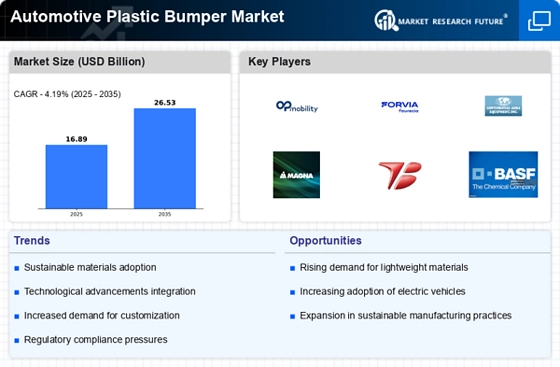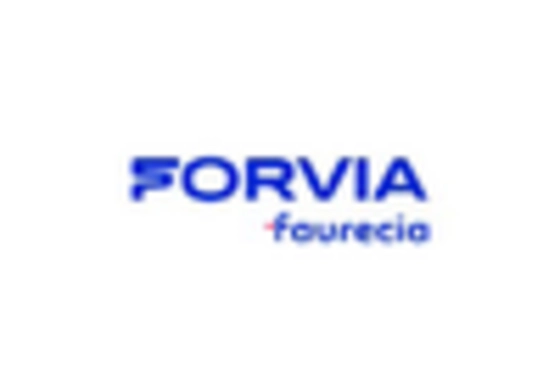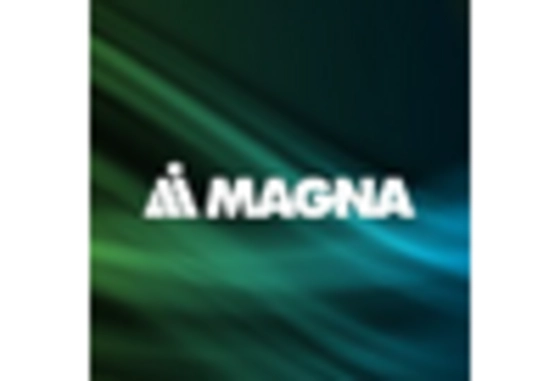Sustainability Initiatives
The Automotive Plastic Bumper Market is increasingly influenced by sustainability initiatives. Manufacturers are focusing on eco-friendly materials and production processes to reduce environmental impact. This shift is driven by consumer demand for greener products and regulatory pressures aimed at reducing carbon footprints. For instance, the use of recycled plastics in bumper production is gaining traction, with estimates suggesting that the market for recycled automotive plastics could reach USD 5 billion by 2026. This trend not only aligns with environmental goals but also enhances brand reputation, making sustainability a key driver in the Automotive Plastic Bumper Market.
Integration of Smart Technologies
The integration of smart technologies is reshaping the Automotive Plastic Bumper Market. Advanced features such as sensors for parking assistance, collision detection, and adaptive lighting are becoming standard in modern vehicles. This technological evolution is expected to drive the demand for plastic bumpers that can accommodate these innovations. Market data indicates that the smart automotive market is projected to grow at a CAGR of 20% over the next five years, suggesting a robust demand for bumpers that support these technologies. Consequently, manufacturers are investing in research and development to create bumpers that are not only functional but also technologically advanced.
Customization and Aesthetic Appeal
Customization and aesthetic appeal are pivotal in the Automotive Plastic Bumper Market. Consumers increasingly seek personalized vehicles that reflect their individual styles, prompting manufacturers to offer a variety of designs and finishes. This trend is particularly pronounced in the luxury and performance vehicle segments, where unique bumpers can enhance the overall look and feel of the car. Market analysis reveals that the customization segment is expected to grow significantly, with a projected increase in demand for bespoke bumpers. This focus on aesthetics not only drives sales but also fosters brand loyalty among consumers who value distinctiveness.
Cost Efficiency and Lightweight Materials
Cost efficiency and the use of lightweight materials are significant factors influencing the Automotive Plastic Bumper Market. As manufacturers strive to reduce production costs while enhancing vehicle performance, the demand for lightweight plastic bumpers is on the rise. These bumpers not only contribute to overall vehicle weight reduction, improving fuel efficiency, but also lower manufacturing costs. Industry expert's indicate that the lightweight materials segment is expected to witness a CAGR of 15% over the next few years. This trend underscores the importance of balancing cost and performance, making it a crucial driver in the Automotive Plastic Bumper Market.
Regulatory Compliance and Safety Standards
Regulatory compliance and safety standards are critical drivers in the Automotive Plastic Bumper Market. Governments worldwide are implementing stringent regulations regarding vehicle safety, necessitating the use of durable and impact-resistant materials in bumper production. Compliance with these regulations not only ensures consumer safety but also enhances the marketability of vehicles. The market for automotive safety features is anticipated to grow, with estimates suggesting a value of USD 30 billion by 2027. As a result, manufacturers are compelled to innovate and adapt their bumper designs to meet these evolving safety standards, thereby driving growth in the Automotive Plastic Bumper Market.

















Leave a Comment